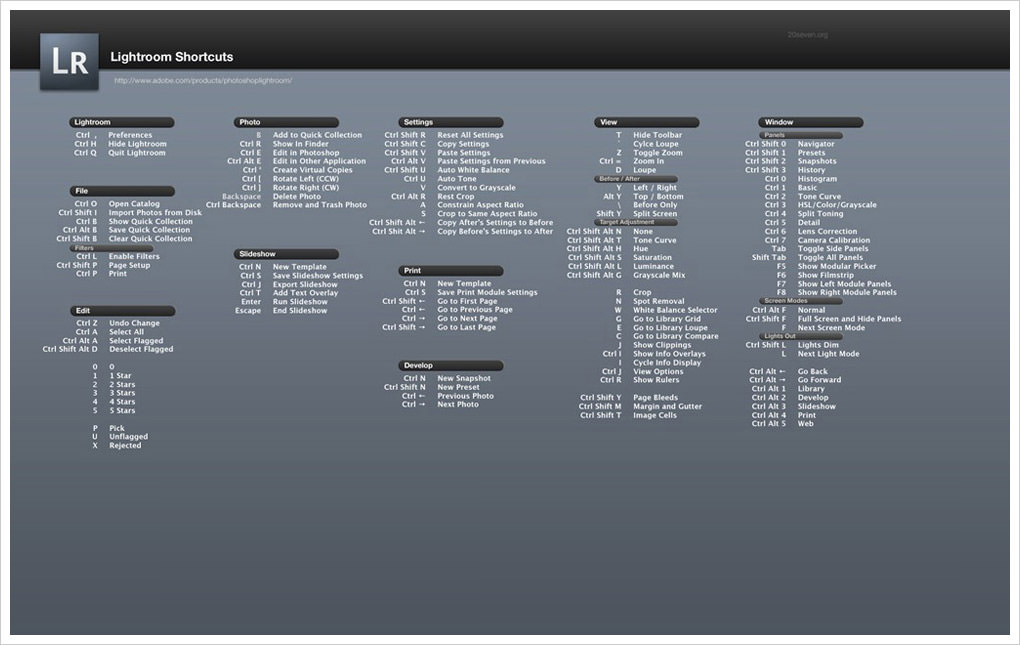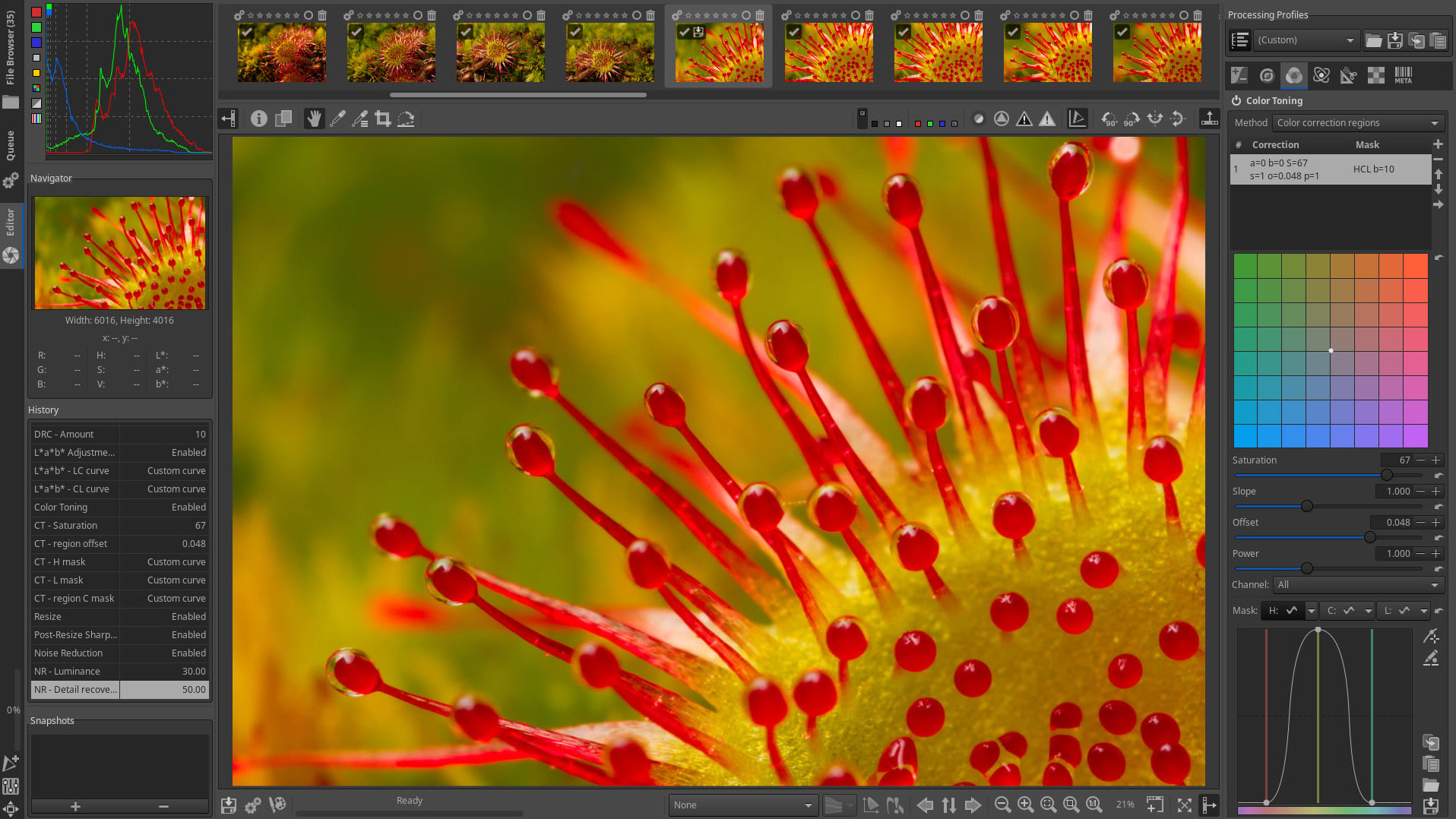Rendering: It uses Adobe After Effects’ aerender command-line interface application. Compositing: It creates a temporary folder, copies project and replaces assets with provided ones. Oct 06, 2017 Download Natron for Linux. Commercial support is available to those who would like access to ticket-based support, trainings, and several custom features. Learn more on that here. What do you think about Natron and do you know about any other Adobe After Effects alternatives we can add to our GNU/Linux apps list? Engage us in the comments.
Well-rounded and powerful program which enables you to create professional-looking photos, render 3D graphics and add motion to them
What's new in Adobe After Effects CC 2021 18.1:
- Bugs Fixed:
- Fixed an issue that could cause After Effects to crash when copying layers using Linear Color key.
- Fixed an issue with 3D Scene Navigation that caused spring loaded “C” AND “V” keys to not work correctly.
Professional multimedia editors are already aware of the importance of their software, as the application they use needs to be both feature-packed and intuitive enough to allow users to easily locate each function with ease. Adobe After Effects is one of the most complex tools one can work with in regards to designing motion graphics or cinematic visual effects.
Time-consuming installation and a few tips
First and foremost, it needs to be mentioned that this software comes with a large installer, therefore it takes a while to download, go through the entire setup and load.
When first launching the software, the Welcome Screen comes in handy to beginners and pros alike, as it displays some tips meant to optimize the manner in which you operate Adobe After Effects.
Import images and take advantage of incorporated presets
Adobe After Effects Linux Wine
When creating a new composition, users can customize it by adding text strings, solid colors, camera, lights, as well as new distinct layers. Alternatively, the composition can be viewed as a flowchart, to ensure smooth manipulation of its components.
The application also supports inserting common images or Photoshop-based ones, and users can apply effects such as stylize, distort, and shatter. All the elements can be combined, adjusted and edited so as to obtain a custom high-quality animation - presets can also be of use when looking for inspiration for a new project.
Includes a standalone animation tool that helps users bring characters to life
The Adobe Character Animator is deployed alongside Adobe After Effects, providing users with a powerful animation tool they can use to bring to life models created with Photoshop or Illustrator.
The great thing about Adobe Character Animator is that it can track facial expressions and motion using a simple webcam, and apply them to two-dimensional characters. Moreover, it can mimic mouth movement and enables users to use audio recording to become the voice of their characters, with worry-free lip-syncing.
Apply an array of effects and set up various parameters
Considering the numerous types of effects and layer actions (such as time-reverse, mask, blend, switch) supported by Adobe After Effects, it is best to experiment with them before applying them to your final creation.

Experts are bound to access the Preferences section when they want to adjust the amount of RAM that can be used by the software, or to configure the video preview and audio hardware settings.
Conclusion
It might burden your computer’s performance, yet you should know that all jobs are finalized in a fair amount of time without running into issues such as errors, crashes or bugs.
Although the interface might seem a bit overwhelming, it is quite professional and there are plenty of Help contents integrated. All in all Adobe After Effects is an efficient and reliable piece of software, which deserves all the credit it has been given over the years.
Filed under
Adobe After Effects was reviewed by Elena Opris- 7 days trial
- Intel Core2 Duo or AMD Phenom II processor; 64-bit support required
- 16GB of RAM (32GB recommended)
- 5GB of available hard-disk space; additional free space required during installation (cannot install on removable flash storage devices)
- Additional disk space for disk cache (10GB recommended)
- 1280x1080 display
- Broadband internet connection and registration are necessary for required software activation, validation of subscriptions, and access to online services
- Optional: Adobe-certified GPU card for GPU-accelerated ray-traced 3D renderer
Adobe After Effects Software
Adobe After Effects CC 2021 18.1
add to watchlistsend us an update- runs on:
- Windows 10 64 bit
Windows 8 64 bit
Windows 7 64 bit - file size:
- 2 MB
- main category:
- Multimedia
- developer:
- visit homepage

top alternatives FREE
top alternatives PAID
Render Queues in After Effects are great: they're easy to set up, there's a lot of great options to them, and there's a lot of things the engineers at Adobe have put in to streamline the entire process, such as things like remembering the last folder used for a previously queued render. However, to save out commonly used render queues is not directly possible directly in After Effects itself. It is possible, with aerender command line rendering.
There are many benefits to command line rendering, one is that After Effects remains useable in the foreground while it's background process does the number crunching for you. It is much quicker than regular renders, with some claiming 40% faster render times. The thing I've found the greatest is that you can save out render queues in text files then simply load them up in terminal. You can even save out multiple render queue texts, and then queue them all in another text, then queue it up in Terminal. The possibilities are almost endless. Best of all, if you need to re-render in a pinch and don't want to waste time setting up the queue again, just load up the command line and you've got an easy way to re-render out new data.
There one downside I have found to this method, is that composition/footage names are not unique in After Effect projects. If you have multiple compositions with the same name, aerender will take the first one it finds in it's stack. This gives greater incentive to properly name assets, which does become difficult when you're constantly pre-comping everything and get lazy with the naming methodology.
So, here's what you need to know:
1. Open Terminal and either navigate to your Adobe After Effects folder in the Applications folder, or simply use a direct command to a program called aerender.
As you can see there are multiple flags being set. There are more that you can use, but these can get you started.
-project is the path to your project file.
-comp is the composition's name
-RStemplate is the render template you wish to use. These can be your own templates you've created for the project.
-OMtemplate is the output media type template. These can be your own templates. I've used a PNG Sequence template I've specifically created for this project.
-output is the output path to the final render. Because this is a PNG sequence output, I've specifically used the proper [#####] counting format that AE uses in it's render queue. This can be any format you wish, I've generally kept it the same.
3. Then, getting a little more advanced, you can set up the same data in a plain-text file. I've set mine up like so:
You might notice that I have used ./aerender. I've noticed that by typing aerender even when in the directory tends to not work. When I figure that out, I shall update this tutorial. ./aerender works for now.
You can also use a direct path to aeRender, such as:
Adobe After Effects Free Download
I just found that was a bit too labour intensive and made it look messy. Feel free to use this method if you do not wish to navigate directly to the folder.
4. To actually run the text file in terminal, you can simply use this method:

Terminal will then run all the commands you have listed in the text file.
If you're super adventurous and wish to keep queues separated for various reasons, you can set up master queue files to source all the text files that hold the commands. This is super handy when you know how you want to separate out your render system.
Then just source that file in Terminal and you've got yourself a pretty easy to use render queue.
There is much to be said about Render Queues for After Effects. A lot of the time you've got compositions within compositions that sometimes you need to render out separately. Knowing now that all those things can be streamlined in text files is a great help for the common After Effects user. No more long histories of render queues inside of After Effects to maintain and take care of in case a re-render is needed. As well, I've noticed significant speed improvements when utilizing aerender.
Further information can be found here at the Adobe website and a little bit of Terminal learning, you can be on your way to a streamlined render method with After Effects.
